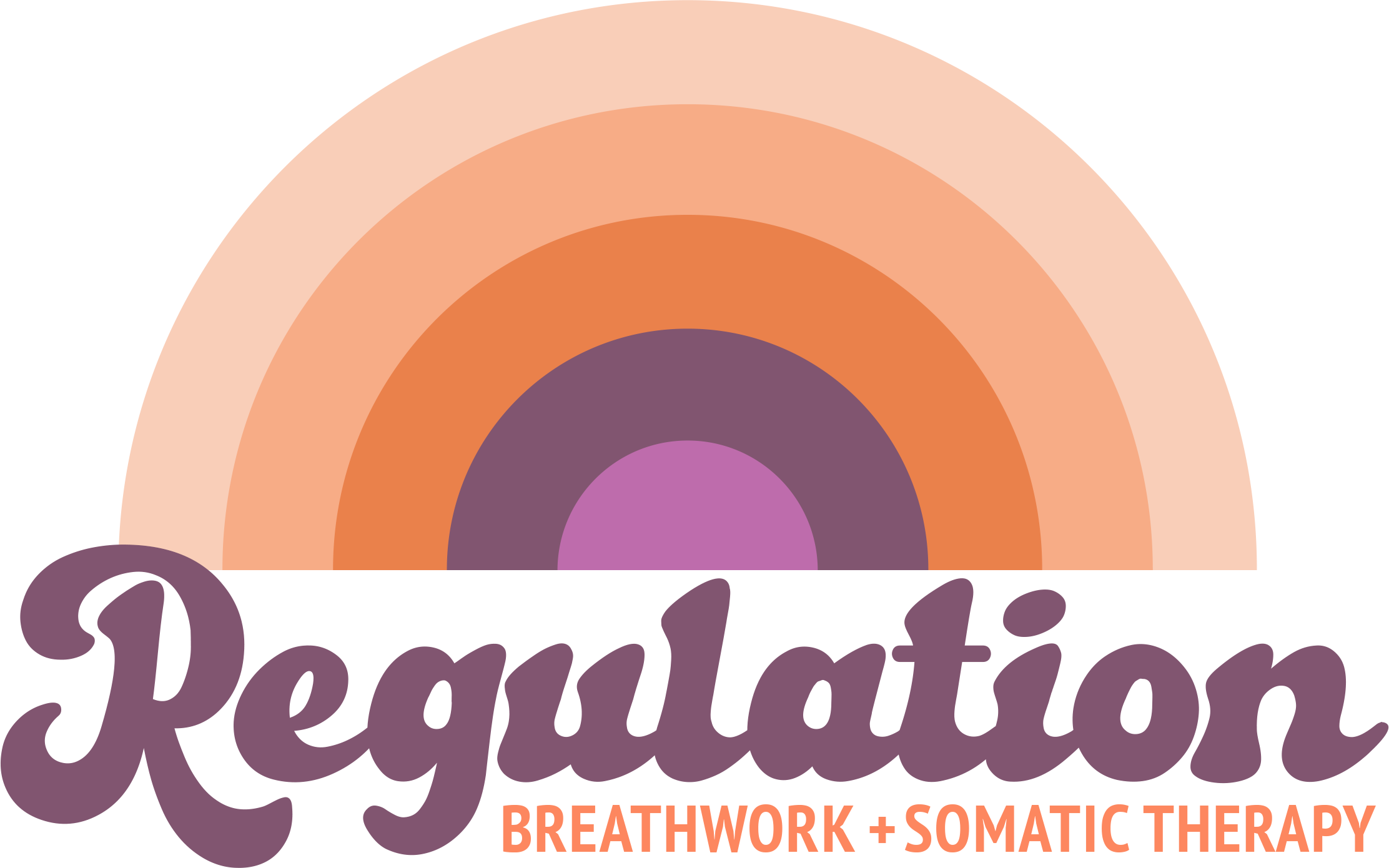Pranayama
Pranayama is an ancient breathwork practice rooted in the yogic traditions of India. The term “pranayama” is derived from two Sanskrit words: “prana,” meaning life force or vital energy, and “ayama,” meaning control or expansion. This practice delves into various breathing techniques that go beyond the mere act of inhaling and exhaling, offering practitioners a path to enhanced physical, mental and spiritual well-being.
CURRENTLY SCHEDULED
- We don’t currently offer 100% pranayama-focused classes, but if you are interested in this, please let us know!
- We frequently do pranayama exercises as a warm-up for other styles of breathwork at our events, so please be sure to check the schedule and join us at an event soon!
History of pranayama
Pranayama finds its origins in ancient Indian scriptures, particularly in the Yoga Sutras of Patanjali, a foundational text on the philosophy and practice of yoga. Historically, it has been an integral component of the yogic journey, used to prepare the mind and body for meditation. Dating back thousands of years, pranayama has been passed down through generations, evolving into a rich tapestry of techniques and philosophies.
Pranayama made its way to the United States in the early 20th century, with the rise of interest in Eastern philosophies and spiritual practices. Pioneering yogis, such as Swami Vivekananda, played a crucial role in introducing pranayama to the Western world. The counterculture movements of the 1960s further popularized yoga, including pranayama, as part of a holistic approach to well-being. In recent decades, the practice of pranayama has experienced a resurgence in the U.S., with a growing number of yoga studios incorporating breathwork into their classes.
What's pranayama like?
Pranayama can be very structured and slow, or it can be fiery and intense. There are a number of breaths available to the pranayama practitioner, so you can choose breaths according to your mood and what you hope to achieve in your practice.
